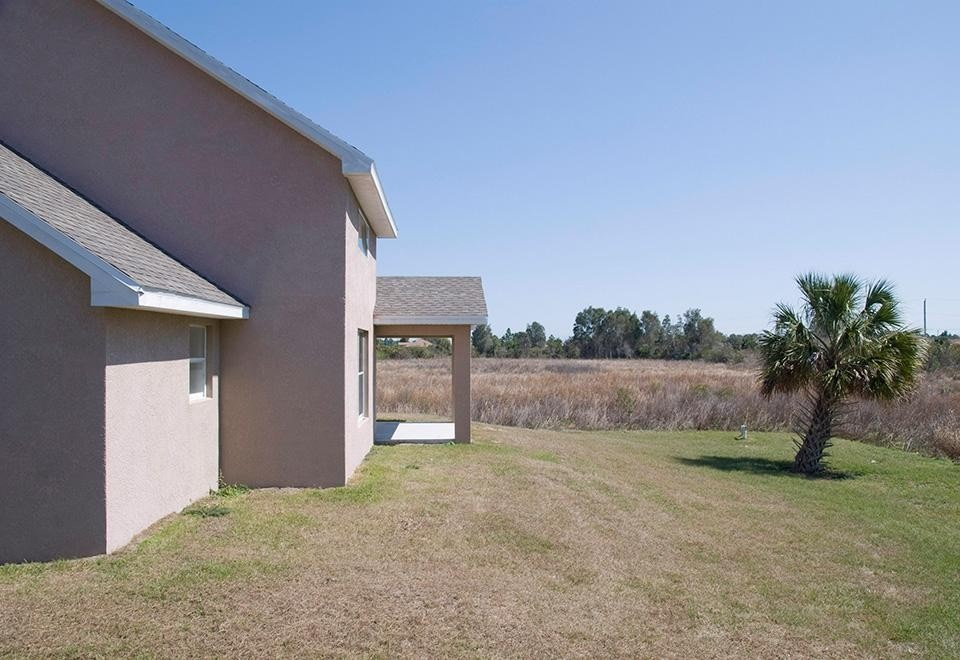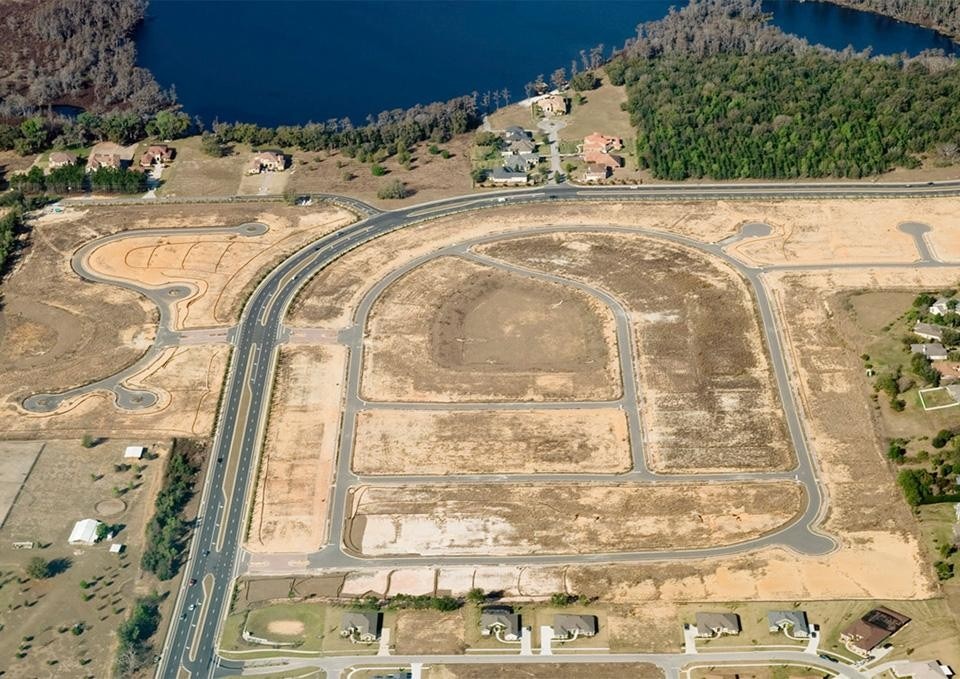Alan Rapp: As a photographer, where do you locate your concern with subjects in the built environment?
Daniel Kariko: I moved to the United States as a foreign student in 1994. My country was going through a tough period, filled with lot of changes, while I was at school here in the States, during the '90s. Eventually, Yugoslavia completely fell apart. That experience early on shaped my interest in disappearance of lands, or spaces. Most of my work, in a way, deals with the themes of land changes: environmental and political.
Later on, during my graduate studies at Arizona State University, I had a great honor and luck to study photography with Bill Jenkins, the curator of New Topographics exhibition. At the time I was interested in political boundaries and migrations, and did not investigate urban landscapes in my work, until I lived in Florida.
When I got interested in built environments, it was first as a mental exercise, comparing and contrasting urban environments in Europe to the ones in America. And these interests mostly revolved around how the suburban environment shapes the people who grew up in the midst of it.
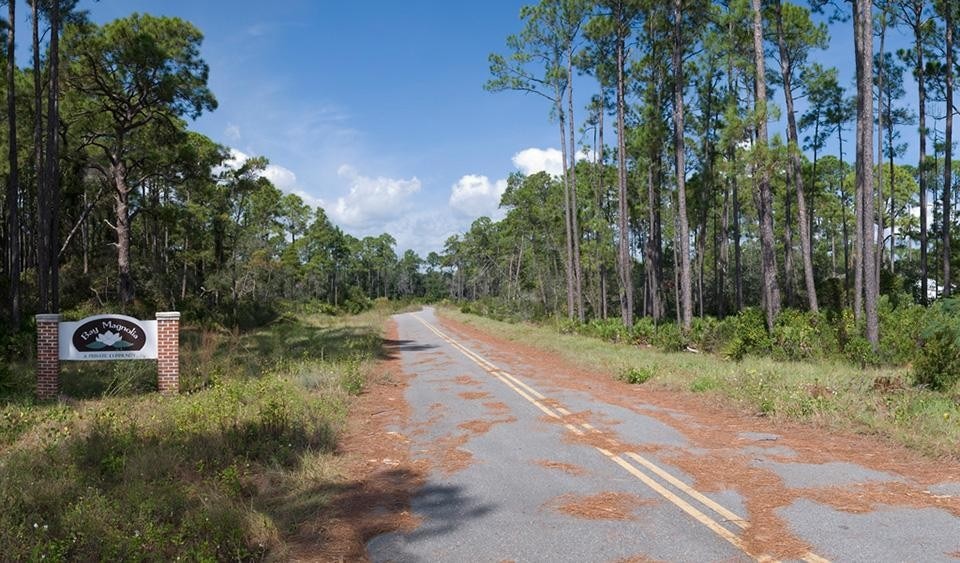
At the time I was living in Tallahassee, Florida, and working on a collaborative project with John Raulerson, a sculptor colleague from Florida State University. We were documenting the disappearance of family owned farms in central and south Florida since 2007. From interviews with farmers we realized that a lot of land is sold to developers. Pretty soon, a picture started to form, and we decided to record the transition of the land from farming to suburban use.
In the Spring of 2008, we had a chance to use a small airplane. The idea was to film the edges of farmland turning into urbanized areas for our documentary video. However, I ended up with a lot more still images of unfinished residential developments. That was my first attempt at aerial photography.
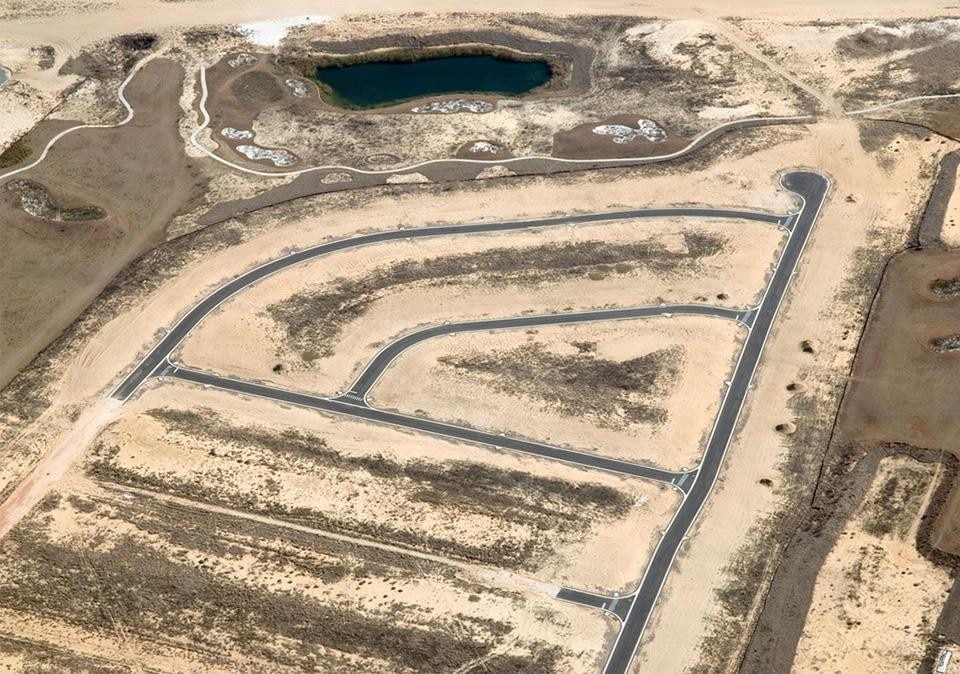
Florida is such a perfect illustration of the American dream. It's idealized and hyper-commodified. So, when it doesn't work like it's supposed to, it's ever so much more evident… It's the land of theme parks and beaches, and millions of people spent their working careers in order to move to Florida to enjoy their retirement. Real estate speculators turned hundreds of thousands of acres of farmland into residential developments.
It was revealed in 2006 that over the next 50 years Florida's population is expected to double to 35 million. During this time, Pierce Jones, director of the Extension's Service's Program indicated more than 11 million new homes, millions of square feet of commercial space, and thousands of miles of additional roadways will be needed to accommodate the influx of new residents.
Today, however, the numbers from the Office of Economic and Demographic Research reveal that at the beginning of 2009 Florida's population growth has come to a standstill for the first time in it's history. This is one of the most radical demographic changes since Florida started projecting population estimates about 60 years ago.
It seems there is a stalled subdivision within a 20-miles radius from just about everywhere. The themes in these environments are so abundant that photographers readily respond to them. These places are great metaphors for our contemporary lifestyle.
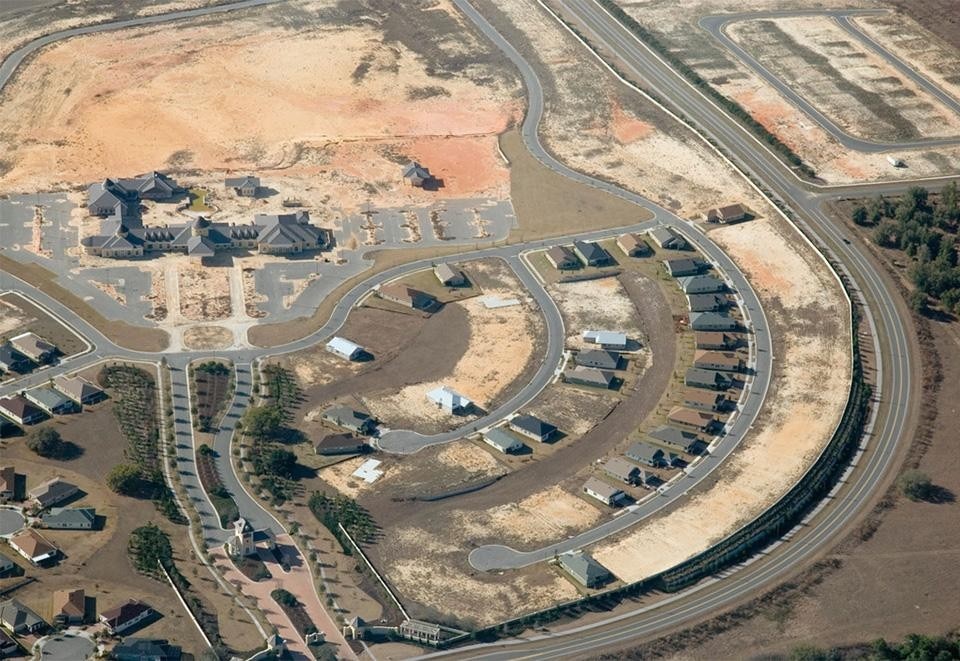
I know it sounds contradictory to the answer to my previous question, but in this particular body of work, I felt it was appropriate to leave out the images of people. To me, this work was about the evidence of human exploitation of the landscape. It was about cataloguing the husks left behind—and the absence of people only emphasized the situation depicted.
When I think of suburbia—the image in my mind is of Steven Spielberg's idealized Americana childhood with kids riding bicycles through neighborhoods. This is how I first experienced American society—through movies. So, when I see and photograph the opposite, a type of a unsettling, post-apocalyptic vision is reinforced in my mind.
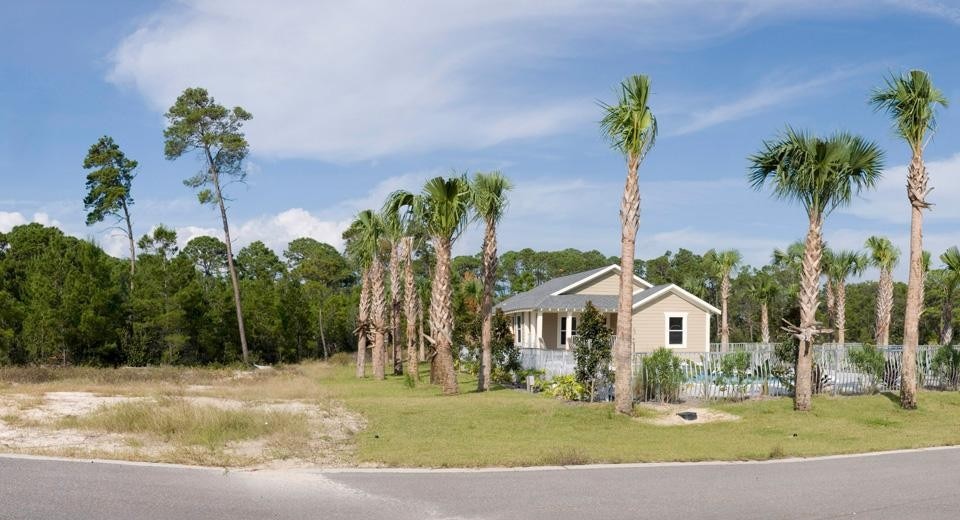
I don't think it's an accident that there are many photographers today dealing with similar subjects in their work. It seems there is a stalled subdivision within a 20-miles radius from just about everywhere. The themes in these environments are so abundant that photographers readily respond to them. These places are great metaphors for our contemporary lifestyle.
This body of work is certainly informed by the New Topographics tradition, and it's a contemporary application of its concepts. And just like the New Topographics, it is reinforced by the current events, trends of human experience, and the current state of our urban surroundings.
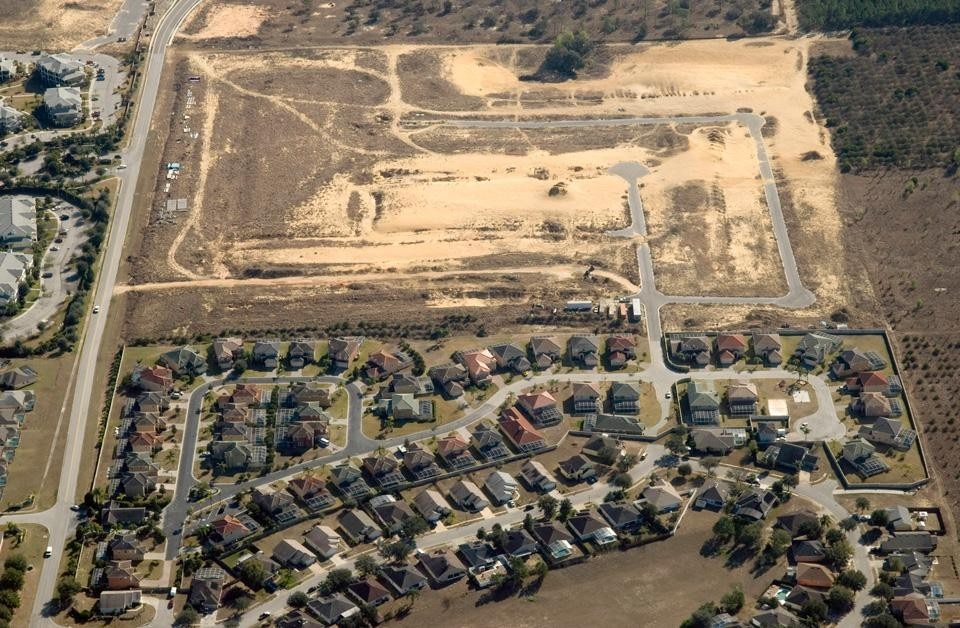
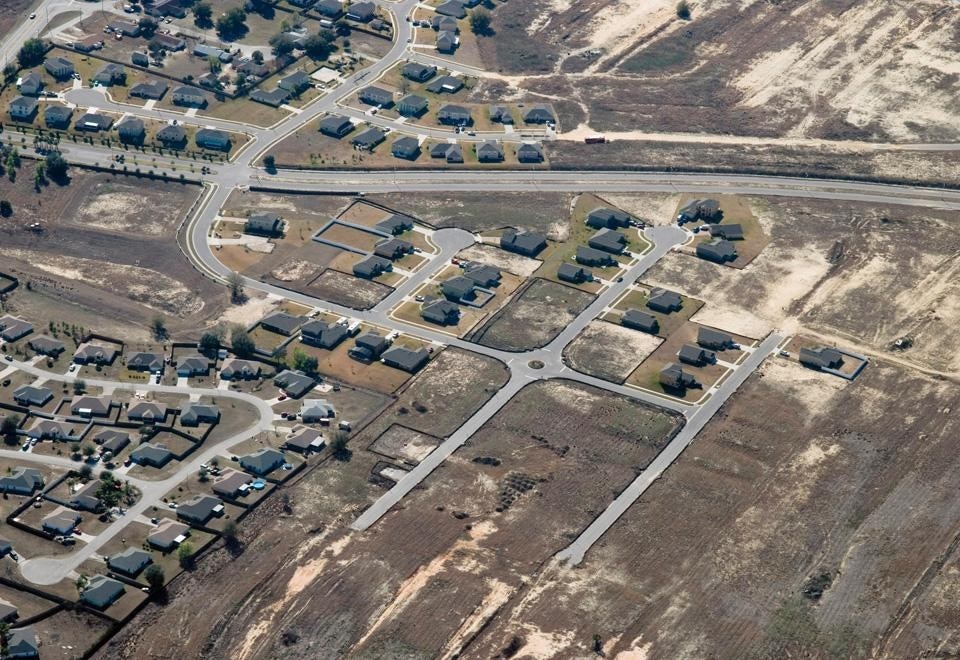
I'm mostly interested in the content of the scene I'm depicting. The aesthetic is often a tool to draw in the viewer, so I can tell them my story. Any particular aesthetic, to me, exists as a top layer of the image, and, when peeled off, reveals a visual metaphor I intend to portray.
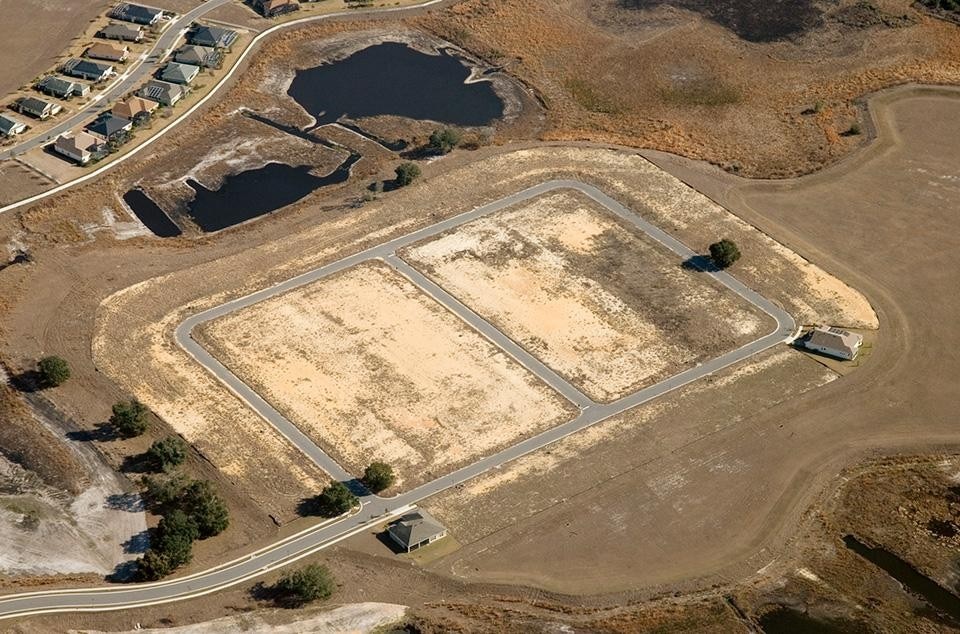
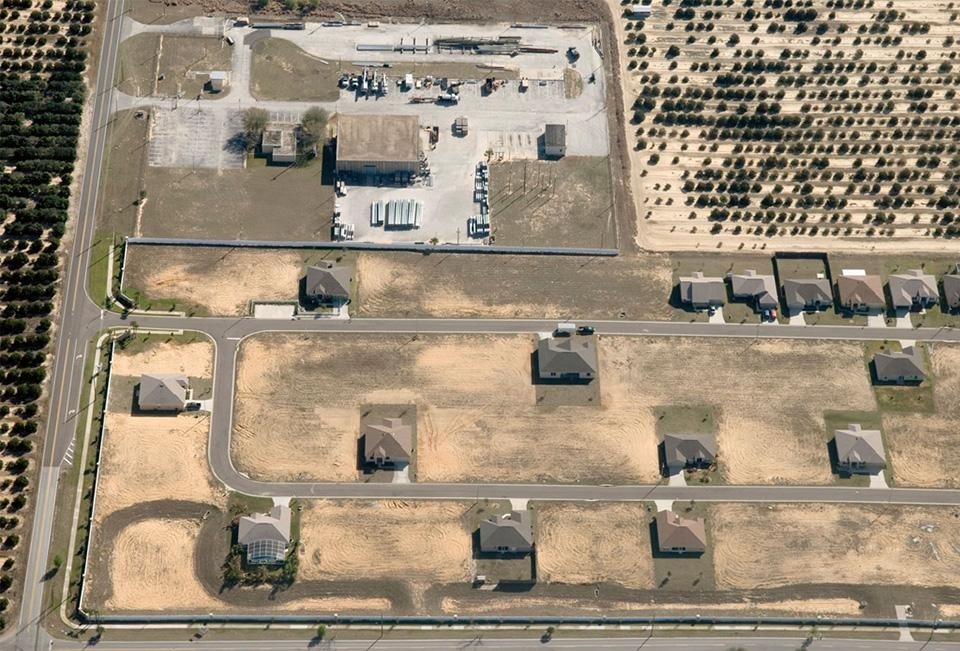
At the beginning of the project, the idea behind aerial images was mostly about the content. I was looking for the best path to convey the information about these landscapes.
What is peculiar to me is the way these giant subdivisions are built. The topsoil is completely scraped, leaving behind a desert-like, unfertile sand trap. No tree is left, not even a scrub. It is a complete negation of the pre-existing landscape. And when someone purchases a lot, the grass and landscaping are "installed" after the building is finished, in a sort of a ready-made, white-picket-fence conquering of the nature. The aerial images reveal what happens in the meantime, before someone's little rectangle of paradise is finished- The luscious green lawn stops at the lot's boundary, and turns into the reddish-yellow dirt of the neighboring lot. Some images depict that borderline, the transition from desolate un-built environment to the pre-construction green pine forest of central Florida, or the now abandoned, derelict orange groves. The scraped residential lots sit empty for years, and cannot be turned back into farmland, or even green areas, because Florida's thin layer of fertile topsoil is gone. Most of the images in the series I chose for the specific little details they reveal: dried out golf greens, unfinished swimming pools full of green scum, the particular way roads disappear into the dirt, and of course, those empty cul-de-sacs.
